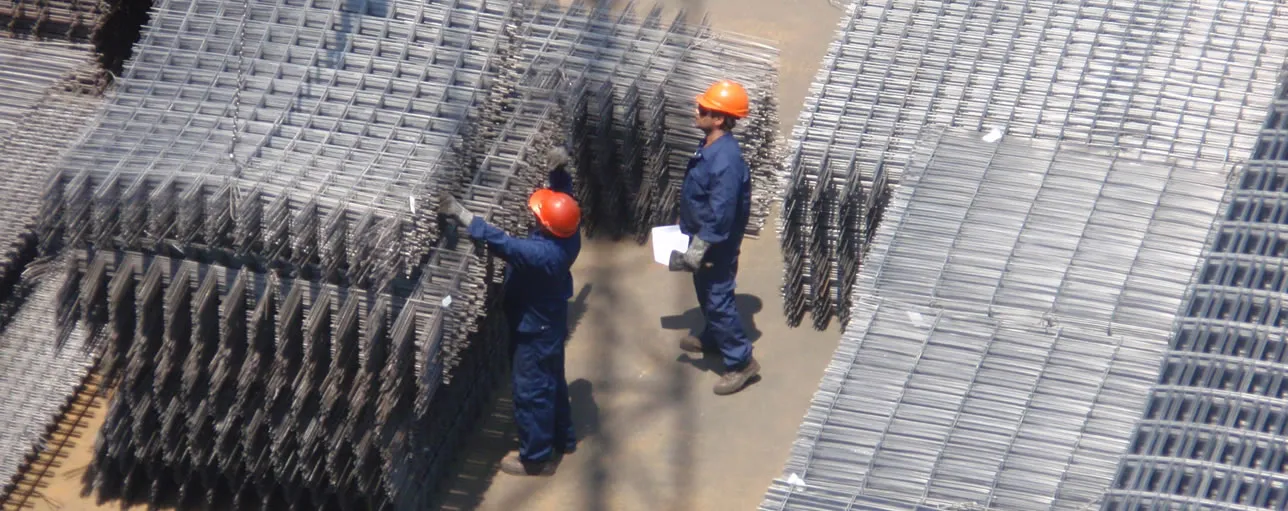We spoke to Geert Devooght, Global Category Manager Utilities about the switch from natural gas to hydrogen, remaining competitive in global markets and PPA strategies.
Geert Devooght: “In the last decade, we have made significant strides in energy efficiency and raising the share of renewables in our electricity mix. In 2019, we further raised this share by 5% to reach 42%, on track for our target of 55% in 2025.
We’re bridging the remaining gap by seeking increased access to renewable energy sources and through power purchase agreements (PPAs). Our ambition is that PPAs will cover 100% of our energy in Europe and the U.S. in 2025. In 2019, we signed our first virtual PPA (VPPA) in the U.S., to source electricity from ENGIE North America’s King Plains Wind project. We are in the process of searching for a second VPPA, which would cover our U.S. footprint up to 100%. We aim to deploy the same strategy in Europe as PPA methodology develops. Physical wind and solar PPAs already provide some energy for Bekaert plants in Belgium. We are also looking forward to closing a physical PPA in India to cover a major part of our local energy footprint.
We also need to consider what to do in other markets, China accounts for a substantial part of our energy footprint and we have a steel wire plant in Indonesia.
On-site solar PV PPAs are possible in China but would be limited to on-site generation of only 5% of our annual electricity consumption. We are watching the evolution of the Chinese market to follow up the liberalizations which would allow Chinese or international organizations to develop off-site renewables for companies to access through PPAs. This also applies elsewhere; including the Czech Republic, Slovakia, Romania and Turkey, where PPAs are not common ground yet.
We also face complex energy-efficiency challenges. Our key product groups vary significantly in energy intensity during production. Every plant has its own technological footprint, with installed equipment of different types and generations, while the product mix in the respective plant significantly impacts the level of electricity and gas consumption. The uptime and overall equipment effectiveness (OEE) for each individual product/equipment combination is also a major contributor to final energy consumption.
What may boost energy efficiency at one plant, may not be so effective elsewhere. This forces strategic decisions about which business areas to tackle when considering key parameters – uptime, energy tariffs, and the potential energy reduction from an investment.
You can slash energy consumption by investing in more efficient equipment components. When multiple plants make similar products, such as in our rubber reinforcement business, an energy-efficiency measure can be rolled out over a sizeable scope of equipment. These projects are evaluated based on their payback driven by the savings potential.
As Europe heads down the hydrogen highway, we’re already operating hydrogen furnaces for specific applications. Today, this involves bulk storage of hydrogen, batch production processes in our plants, and single furnaces that are in contained environments. However, we still use quite a lot of natural gas. Replacing gas combustion with hydrogen combustion is a pathway that has to be explored, but it also raises questions; would the new technologies be retrofittable? Would they fit in the present process lay-out? How do you secure the continuous supply of hydrogen towards multiple parallel installed consumers? How can you guarantee product quality? Many of these answers are still unclear and will need consideration and major investment.
Bekaert serves the hydrogen technology shift from a product development side (fibre technologies for hydrogen station membranes, combustion technologies for hydrogen heat exchangers, etc.) so the Group is definitely interested in exploring the use of hydrogen technologies.
Choices for manufacturing locations in a global market are about market presence and competitiveness. Approaches on renewable energy or hydrogen deployment are still locally determined and must be evaluated against each other.
All these considerations make it difficult for diversified, global manufacturers to adopt approaches which align greenhouse gas emission reduction targets with climate science. Globally appropriate and supportive governmental policies, possibly including subsidies, are essential to accelerate the energy transition in the manufacturing sector.”

